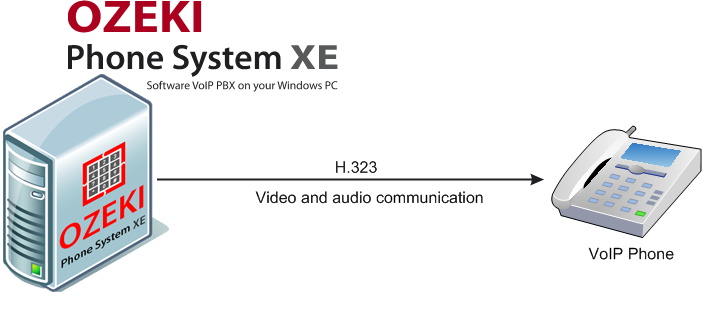H.323 Protocol explained
After reading this page, you will be familiar with H.323 which is a standard protocol for audio and video communication. You can get to know what it is about, how it works and why it is needed. If you are interested in this protocol, it is worth reading through the page and watching our video.
H.323 protocol is an ITU -(International Telecommunication Union) VoIP protocol. It provides a basis for data (audio and video) communication over the Internet. The protocol is employed in real-time applications by different service providers for providing both audio and video service. H.323 protocol plays and important part in the delivery of Voice over IP traffic.
The H.323 protocol specifies several network elements that work together so that they can deliver audio and video communication features (Figure 1). The elements that work together are terminals, multipoint control units, gateways and gatekeepers, in other words, endpoints. Terminals are essential to set up communication.

Elements of H.323
- Terminal: Terminals can be IP/ VoIP phones and video-conferencing systems that are vital parts of the communication.
- Multipoint Control Unit: Multipoint Control Units control multipoint conferences and contains 2 parts: MCU and MP. MCU mixes and switches video so it is possible to make video calls.
- Gateway: helps to establish a communication channel between the H.323 protocol and a network such as PSTN and ISDN.
- Gatekeeper: can offer endpoint registration, address solution and also admission control but gatekeepers are optional parts in the H.323 protocol.
A Call with the Help of H.323 Protocol
There is an end-point that initiates a call with a gateway. This gateway connects this call with the other, called endpoint.
The Ozeki Phone System supports H.323 protocol therefore it is able to deliver rich multimedia (both video and audio) communication. Ozeki Phone System has a great support for many other protocols and can work with them very well.
Take a look at the following pages for more H.323 related topics:
